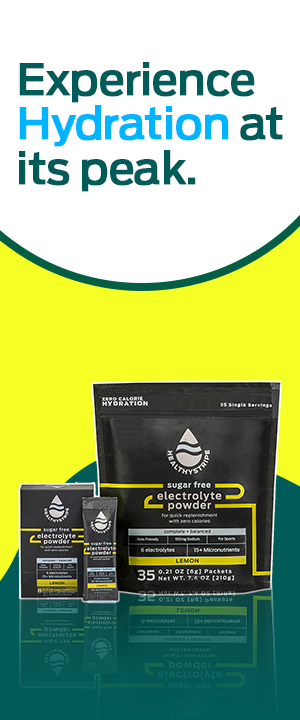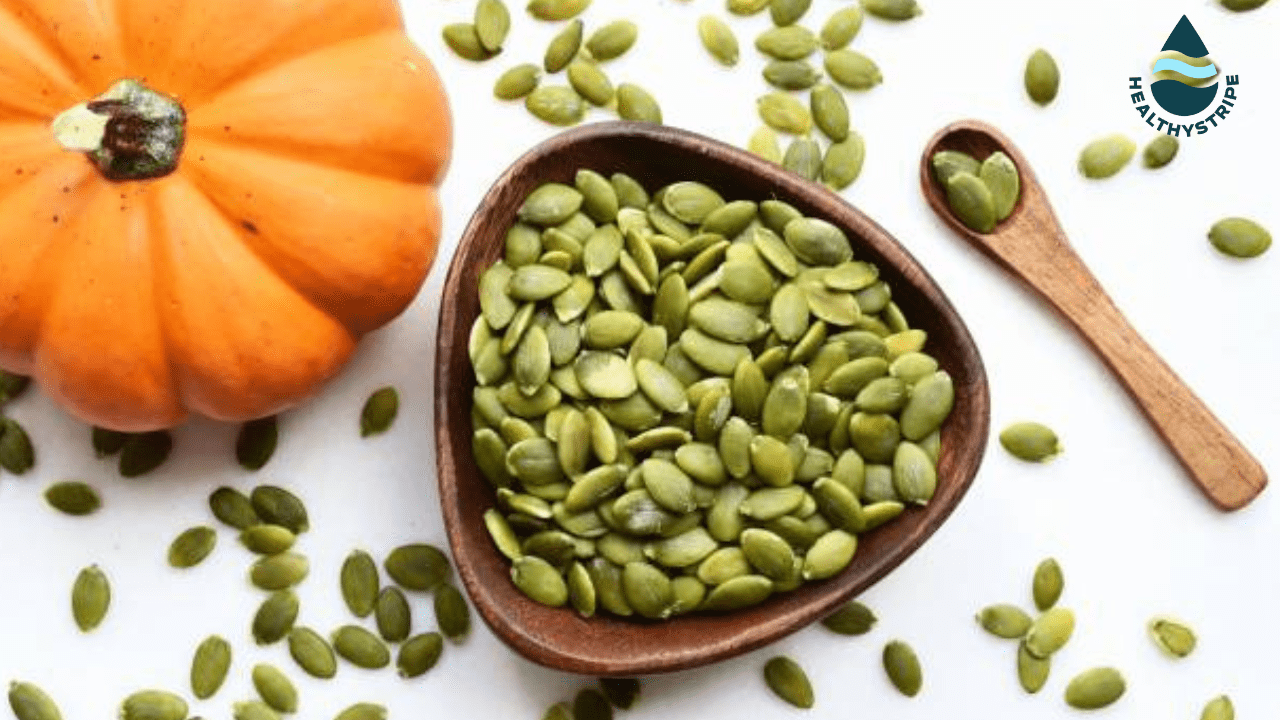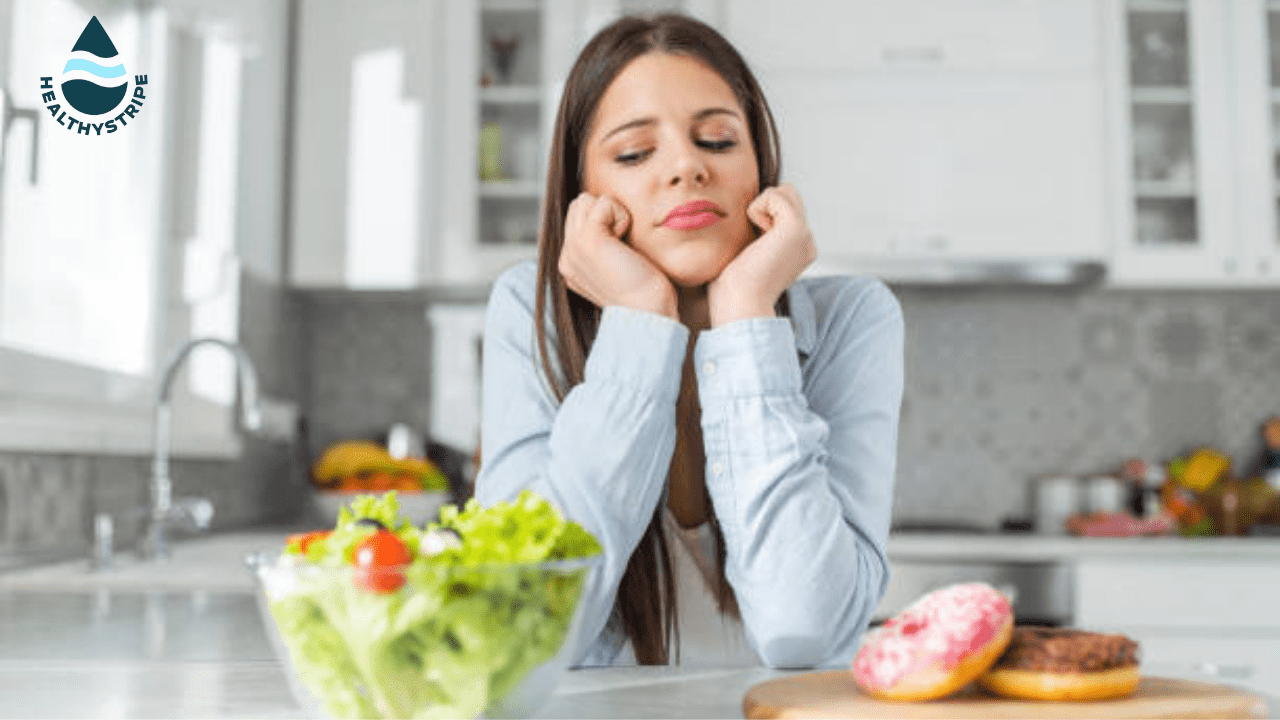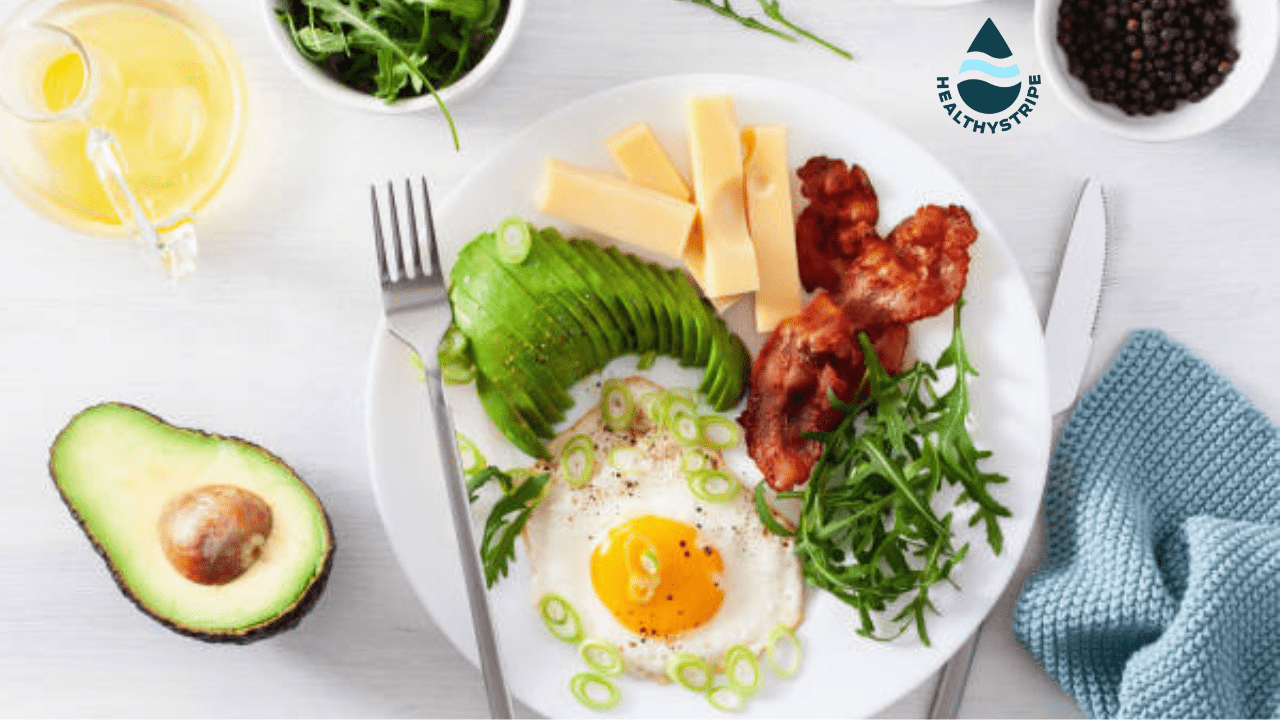Can Sodium Really Make You Gain Weight?

Don’t have a sweet tooth? Love eating salty snacks?
You might believe sweet causes weight gain and if we do not relish sweet, we are safe.
But this is not true.
So, can salt also cause weight gain or sodium can make you fat.
Don’t worry, as we are here to solve all these queries, let deep dive into all these questions.
In this article, we cover
- What is Sodium and where it is found
- How much sodium is required by an adult?
- Which foods are high in sodium?
- How can sodium be avoided?
- Symptoms and effects of high sodium consumption
- Does Sodium lead to weight gain?
- Which foods are low in sodium?
What is Sodium and where it is found?
Sodium is mostly confused with salt. Both the terms sodium and salt are different. Salt, also known as sodium chloride, is about 40% sodium and 60% chloride.
- Sodium is what’s found in food – especially in processed food containing preservatives.
- Salt is what we add to our food.
- The relation between Sodium intake and weight gain is complicated. But yes, intake of high amounts of sodium leads to water retention in the body and hence temporary weight gain.
- Processed foods are addictive in taste and people tend to overeat leading to more calories and weight gain.
How much sodium is required by an adult?
Sodium up to a certain limit is essential for survival. It is required to regulate blood pressure and for proper nerve cell function.
The American Heart Association recommends no more than 2,300 milligrams (mg) (equal to one teaspoon of salt) of sodium a day and moving toward an ideal limit of no more than 1,500 mg per day for most adults.
Which foods are high in sodium?
Some foods high in sodium that should be avoided or used sparingly are Ready to eat food packs, chips packets, pizzas, Tacos, burgers, French fries, processed meats such as salami, ham, sausages, salad dressings like Soy sauce, hot sauce, anything canned like Tuna, corns, baked beans, etc.
The catch here is to measure the amount of sodium intake during the day. For this, we need to inculcate the habit of reading labels while grocery shopping/ordering from takeaways. The alarming words on the Nutrition Facts Label are “Sodium”, “Salt”, “Soda”, “MSG” etc.
Be on the lookout for the word Sodium (sodium nitrite/ sodium benzoate/ sodium phosphate/ sodium citrate etc). The label should have the least of these ingredients. They all are forms of blood pressure spiking salts.
The salt intake might be direct – in seasonings or table salt or might be indirect – in meat, eggs, fish, bakery products, processed foods, etc.
Also Read: Drinks That Burn Fat While Sleeping
How can sodium be avoided?
The first and foremost way to cut back on Sodium intake is to stop using Table salt completely.
There are other ways in which our food can be seasoned and pleasing to our palette like using lemon juice, cumin powder, herbs like rosemary, etc. Some smart moves can be like
# Using a pepper shaker every time you want to reach out for a saltshaker.
# Training your tongue to appreciate the herbs like parsley, mint, kale, chives, etc.
# In order to be considered a “low-sodium” food, the FDA requires food to contain no more than 140 milligrams of salt per serving. So if the reading on the label is more than 140mg, look for healthier substitutes.
# Avoid bread, cold cuts, and cheeses. Instead, opt for 100% wholewheat products and lean cuts of poultry in place of processed cuts.
# Brown spices like mustard seeds/mustard powder, Turmeric, cinnamon, nutmeg etc are healthy spices also known to decrease inflammation in the body.
# Healthy butter like natural peanut butter should be preferred over a commercial one. Similarly, natural Yogurt with herbs can be used as a dip or even as a salad dressing in place of mayonnaise and other creamy dressings. This will provide the much-needed dose of probiotics too!
Symptoms and effects of high sodium consumption
Another issue that might surface because of high sodium intake can be a Puffy face or puffy eyes. This may look like face fat but it is actually water retention.
A puffy face, also called Oedema, might be a sign that you are consuming too much sodium. High Sodium consumption may also increase your blood pressure, which can cause kidney disease, stroke, heart disease, or heart failure. An easy solution to this would be to limit sodium intake.
An increase in the quantity of water consumed also helps as more intake of water will dilute the sodium in the bloodstream and the body will thus not hold on to excess water, so puffiness reduces.
So, now we know that sodium alters our metabolism, changing the way in which we absorb fat.
Studies show that salt intake may be associated with an increase in thirst and appetite, which spikes daily caloric intake—a marker for obesity.
Also Check: Calcium Deficiency: Symptoms, Diseases, And Treatment
Does Sodium lead to weight gain?
An increase in sodium intake might lead to an increase in body weight. The good news is that it is generally a temporary increase in the water weight and goes away in a day or two if the sodium intake is cut down to normal. But at times, you have to work towards losing this extra weight. This water weight can be shed by
# Exercising regularly
# Drinking more water/ electrolytes
# Sleeping more
# Stressing less
# Managing salt intake
We just discussed that high salt intake may increase water weight, but it is unnecessary. The weight gained in the process may lead to an increase in body fat also.
We have observed earlier that all the foods high in salt content are high in calories too. Like fast foods, canned foods, and processed foods. All of these high-sodium foods are yummy and notoriously easy to overeat. So, if our diet contains a lot of snacks, chips, bread, fried foods, and restaurant meals, we’re not only going to be consuming a lot of salt but probably also a lot of calories.
This clearly explains the link between sodium and weight.
Also Read: Magnesium Deficiency: Causes, Symptoms and Treatment
Which foods are low in sodium?
The fantastic part is that we have written about the foods and drinks which lead to high sodium levels. But our discussion is futile until we offer a solution to this. Let us now ponder upon the foods and beverages which are low in sodium.
# Fresh fruits and vegetables like berries, grapes, oranges, pears, avocados, pomegranate, lettuce, mushrooms, cucumber, zucchini, etc are all having negligible amounts of sodium.
# Plain rice or pasta without sauces or seasoning packets are low in sodium. Whole grains such as Millet and brown rice are a good option too.
# Unprocessed meats and fish; lean cuts of poultry are among healthy choices.
# Unsalted nuts, seeds, and beans.
# In drinks, anything instant or ready-mix powder may contain sodium, so it is always better to read the labels before consumption.









